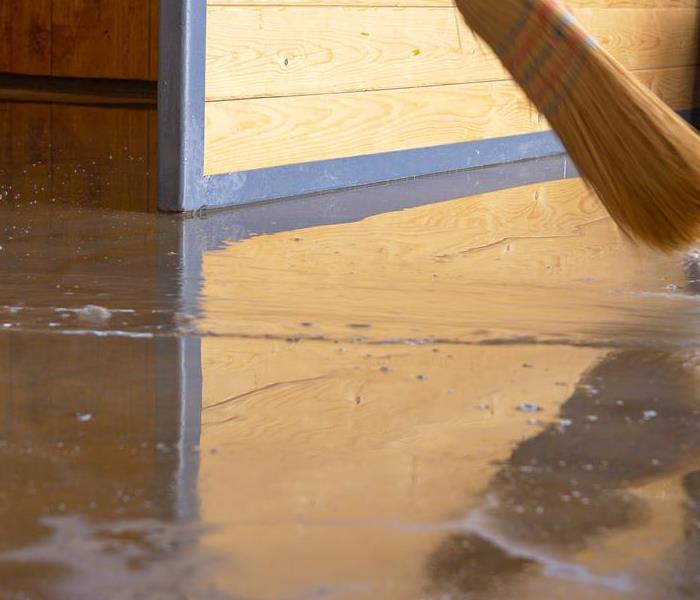Water Damage Prevention in High-Risk Areas: Basements, Attics, and Crawl Spaces
10/23/2023 (Permalink)
Water damage can wreak havoc on our homes, causing structural damage, mold growth, and costly repairs. Certain areas of our homes are more susceptible to water damage, namely basements, attics, and crawl spaces. These areas are often overlooked when it comes to preventive measures, making them prime targets for water infiltration. In this blog post, we will discuss effective strategies to prevent water damage in these high-risk areas.
Basements
Basements are notorious for water intrusion issues due to their below-ground level and proximity to groundwater. Here are some preventive measures to protect your basement:
- Ensure proper exterior grading around your home's foundation. The ground should slope away from your foundation, allowing rainwater to drain away instead of pooling near the basement walls.
- Foundation Sealing. Regularly inspect your basement's foundation for cracks or gaps that could allow water to seep in. Seal any vulnerabilities using appropriate waterproof sealants or coatings to create a barrier against water infiltration.
- Sump Pump Install a reliable sump pump system in your basement. A sump pump helps drain excess water away from your home's foundation, reducing the risk of basement flooding. Ensure proper maintenance and occasional testing to ensure it functions reliably when needed.
- Interior Waterproofing. Consider waterproofing measures such as installing a waterproofing membrane or sealant on basement walls. This extra layer of protection can help prevent water from entering and damaging your basement, Attics are often susceptible to water damage caused by leaky roofs or condensation issues. Consider the following preventive measures to safeguard your attic.
Roof Inspection and Maintenance
Regularly inspect your roof for any signs of damage, such as missing or damaged shingles. Promptly repair any issues to prevent water from seeping through the roof into the attic. Keep your gutters clean and free from debris to ensure proper water drainage.
Attic Ventilation
Ensure proper ventilation in your attic to reduce condensation buildup. Install vents or fans to promote air circulation, preventing moisture accumulation that could lead to mold growth and water damage. Consider insulating your attic appropriately to prevent temperature fluctuations that may cause condensation.
Inspect Plumbing
Check for any plumbing lines or pipes running through your attic. Insulate these pipes to prevent them from freezing and bursting during colder months, which can cause extensive water damage. Crawlspaces are often neglected areas that can become breeding grounds for moisture-related issues. Here's how you can protect your crawlspace from water damage:
Vapor Barrier
- Install a vapor barrier on the ground in your crawlspace. A vapor barrier helps prevent groundwater or soil moisture from evaporating into the crawlspace area, reducing the risk of dampness and mold growth.
- Proper Ventilation. Ensure adequate ventilation and airflow in your crawlspace to reduce moisture buildup. Install vents or fans in strategic locations to promote air circulation and prevent excess humidity.
- Foundation Insulation: Insulate the walls of your crawlspace to create a thermal barrier. Proper insulation helps maintain consistent temperatures, preventing condensation and reducing the risk of water damage.
Routinely check your crawlspace for signs of leaks, water intrusion, or moisture-related issues. Promptly address any problems to prevent further damage. Prevention is always the best defense against water damage. By implementing these preventive measures in your basement, attic, and crawlspace, you can significantly reduce the risk of water infiltration and protect your home from the damaging effects of water. Regular inspections, timely repairs, and appropriate maintenance are essential to maintaining a dry and safe living environment.





 24/7 Emergency Service
24/7 Emergency Service
